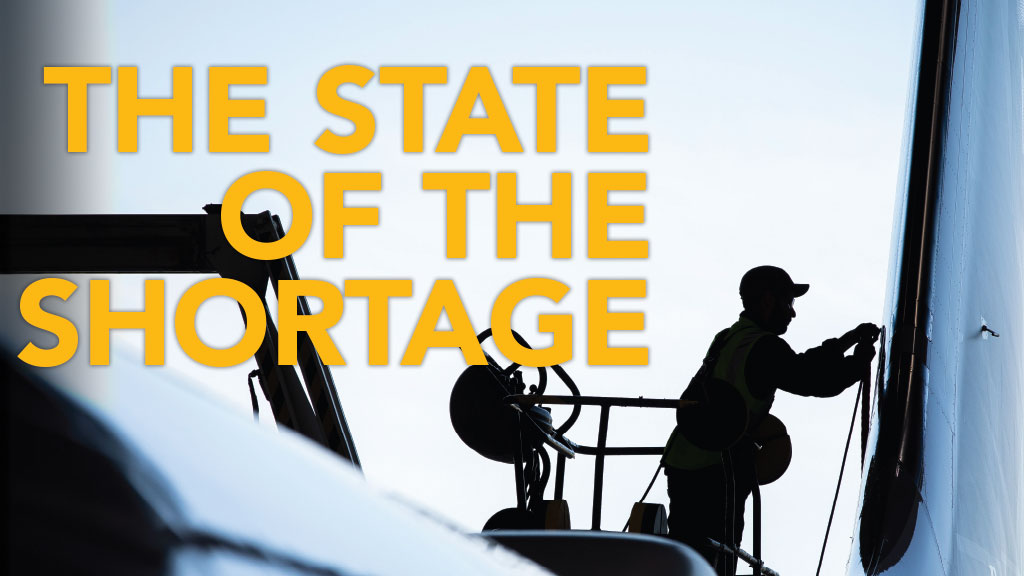Delta Air Lines estimates hiring 500 mechanics this year. The company says it’s on track to double its TechOps business in the next five years, from $1 billion to $2 billion in revenue. Embraer will double the 100 commercial jet aircraft maintenance services jobs they expected to bring to Macon, Georgia, the company said only months after it opened a facility there. Stories like these are plentiful now, but is there a lack of people to do the work?
It’s a topic that is up for debate – is there really a true shortage? Is the supply and demand model proving it with higher wages? Some statistics would say that yes, pay is trending up. But many mechanics entering the field report still only being offered low hourly starting pay and less than ideal schedules – will this ever change? If a true shortage exists, pay will clearly tick up, right?
According to the Boeing Technician Outlook: “The need for maintenance personnel is largest in the Asia Pacific region, which will require 257,000 new technicians. Airlines in North America will require 189,000, Europe 132,000, the Middle East 66,000, Latin America 55,000, Africa 28,000, and Russia/Central Asia 27,000.”
The Aeronautical Repair Station Association (ARSA) believes the industry is “facing a technician and pilot shortage of crisis proportions.” ARSA says it is working with industry and congressional allies to tackle the problem. As part of this effort, ARSA led a coalition that created a new aviation maintenance workforce grant program as part of the 2018 FAA reauthorization law. An Oliver Wyman prediction says demand for aviation maintenance technicians will outstrip supply by 2022. ARSA says more than 80 percent of respondents to their 2018 member survey reported “difficulty finding qualified technicians and more than half of the responding companies have unfilled positions.” The coalition hopes the workforce grant program for technicians will support aviation maintenance workforce development, recruitment and training activities. Grants may be used to:
- Establish new educational programs that teach technical skills used in aviation maintenance, including purchasing equipment, or to improve existing such programs;
- Establish scholarships or apprenticeships for individuals pursuing employment in the aviation maintenance industry;
- Support outreach about careers in the aviation maintenance industry to primary, secondary, and post-secondary school students; or to communities underrepresented in the industry;
- Support educational opportunities related to aviation maintenance in economically disadvantaged geographic areas;
- Support transition to careers in aviation maintenance, including for members of the Armed Forces; or
- Otherwise enhance aviation maintenance technical education or the aviation maintenance industry workforce.
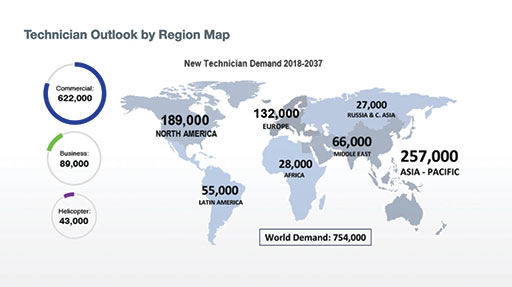
The programs were aiming for $5 million each for five years and they hoped to be able to start funding in 2019 to provide grants of up to $500,000. “While getting the programs authorized was major victory for our coalition our work is far from complete. The next step is to convince Congress to appropriate the money necessary to provide the grants,” ARSA says. ARSA is encouraging everyone to contact their representatives and senators to urge them to appropriate the necessary funds.
Recently, ARSA received the FAA response to the coalition letter regarding funding for the new aviation workforce development grant programs. Annie Andrews, the assistant FAA administrator for human resource management, wrote in her response that “The U.S. Department of Transportation (DOT) and the FAA are committed to implementing the provisions of the FAA Reauthorization Act of 2018 (P.L. 115-254) focused on addressing the aviation workforce shortages.” The letter also said, “The U.S. DOT and FAA are fully supportive of the provisions outlined in Section 625 of P.L.115-254” and that FAA looks forward “to working with the aviation industry and educational institutions to meet the growing demand for a well-trained aviation workforce.” Andrews also said the current FAA budget does not include funding for the initiation of the aviation workforce development programs, but they have committed to working with the DOT and the Office of Management and Budget to request funding and incorporate the grant programs into the FAA FY2021 work plan and budget.
In light of all of these things, we recently asked leaders in the aviation maintenance industry what their companies are doing to prepare for the future with regards to these workforce challenges. We asked the following question:
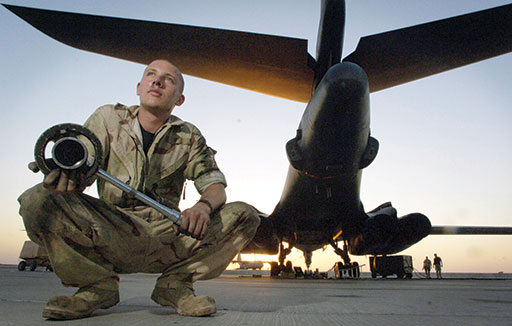
THE LONG-PREDICTED MECHANIC SHORTAGE HAS ARRIVED. WHAT ARE YOU DOING TO MAKE SURE YOU HAVE THE WORKFORCE YOU NEED?
HERE IS WHAT KEY LEADERS HAD TO SAY.
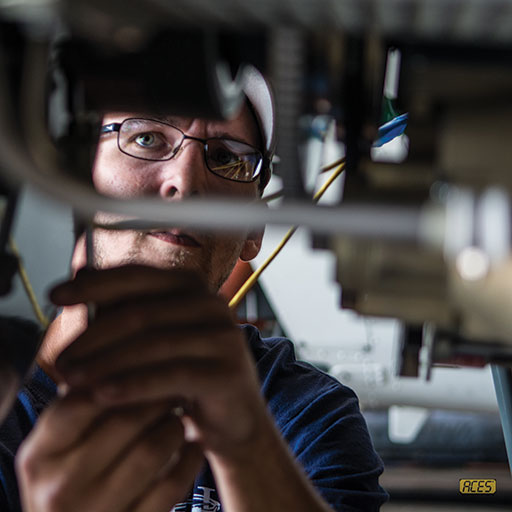
MTU
Holger Sindemann,
Executive Vice President MRO Operations, MTU
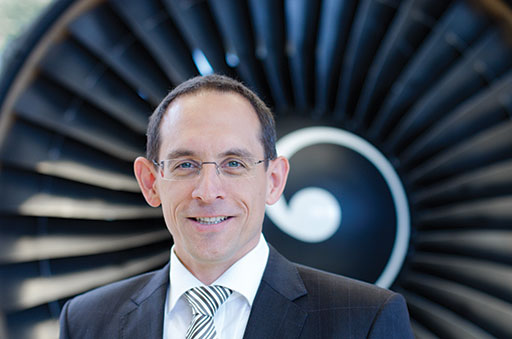
“The severity of this situation varies from region to region, but we agree that overall, one can say that there is a need for qualified personnel in the industry. As we have been increasing capacity across our network, we have also been looking to increase staff at all facilities, as well as train and help existing staff develop. We provide training schemes at all facilities, in Germany this is according to the German dual apprenticeship system, and in China, this is on the job training for graduates of technical schools, for instance. We also train and cross-train existing personnel and work with local universities and schools throughout our network of facilities.”
AAR
Chris Jessup,
Chief Commercial Officer, AAR
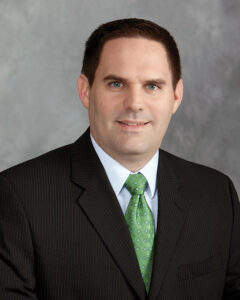
“We have a wide range of initiatives to include partnering with the local high schools, aviation tech schools and universities, along with programs tailored to help transition militaries/veterans to transition over to the commercial sector.
Our EAGLE Pathway Program is designed to provide a systematic path for high school students to follow to develop their own personal careers at AAR and beyond. Pathway schools have been selected to provide the level of training that exceeds the FAA standards and prepares students for entry at one of five AAR facilities. We also are an active partner with the AeroStars Aviation Exploration Apprenticeship (A2EA) to expose high school students to aerospace career paths and assist them in acquiring S.T.E.M. skills.
AAR has partnered with post-secondary institutions to provide aviation maintenance training programs at Broward College in Florida and in Oklahoma City. We are bringing those programs to Chicago and opening a new center at Olive-Harvey College.”
Boeing Global Services
Stan Deal, CEO, Boeing Global Services

“Boeing’s Pilot & Technician Outlook (PTO) represents the global demand forecast for pilots, technicians and cabin crew based on future fleet growth projections over the next 20 years. Total technician demand is based on the amount of maintenance required over the life of various aircraft types. Global Services looks at demand holistically to determine how we can leverage the strength and possibility within each of our capability focus areas (Supply Chain; Digital Aviation & Analytics; Engineering, Modifications and Maintenance; and Training and Professional Services) to unlock efficiencies that support and mitigate potential issues related to demand. For example, our Airplane Health Management (AHM) tool, powered by Boeing AnalytX, provides real-time situational awareness and maintenance status of an operator’s entire fleet to avoid unplanned maintenance, thus preserving personnel resources.”
StandardAero
Russell Ford, CEO, StandardAero
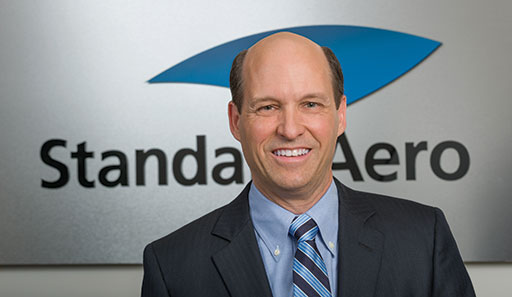
“Finding, hiring and developing skilled technicians is one of the biggest challenges we collectively face in the MRO industry. The pipeline for our future technical workforce is a concern and we are going to need additional people. Our efforts to develop technicians range from apprenticeship programs with local colleges, to mentoring students at various trade schools, to internships in our repair shops and helping local community colleges develop programs and occupational standards to establish certification programs for A&P mechanics and other technicians.
At StandardAero, we also actively recruit veterans and find them to be very well-suited for many of our maintenance and technical roles. In fact, 21.5% of our U.S. workforce today is either retired or active/reserve military veterans. In addition, we are expanding operations in places like San Antonio, where there is an embedded pool of military and government trained people who are qualified and available in those locations.
In addition, we are bringing in people from ancillary industry sectors, like automotive and industrial manufacturing companies, and training people to cross over, learn quickly and get trained as A&Ps. We have also donated tooling, engines and equipment to help schools provide hands-on training. Finally, we partner with trade associations, like GAMA and NBAA to promote STEM education and participate in programs to attract young people to careers in aviation.”
AJW Group
Christopher Whiteside, CEO AJW Group

“The shortage of engineers, technicians and MRO maintenance experts is an issue worldwide. Specifically we have faced challenges when it comes to finding engineers with a business and commercial mindset.
Central to success, and preparing for the next 20 years, is investment in current and future workforces, which means encouraging business-minded technical recruits to join this exciting industry. Apprenticeships are a focus for AJW and we work with a number of universities and colleges to make sure we are meeting and recruiting the right people. We also invest heavily in the training and retention of our people, also ensuring diversity and inclusion in our workforce.
We have gradually increased the engineering skillset of our customer-facing teams worldwide; a skillset already bolstered by the acquisition of our maintenance facility in Montreal, AJW Technique, in 2012.”
Lufthansa Technik
Frank Berweger, Vice President Corporate Sales, LHT
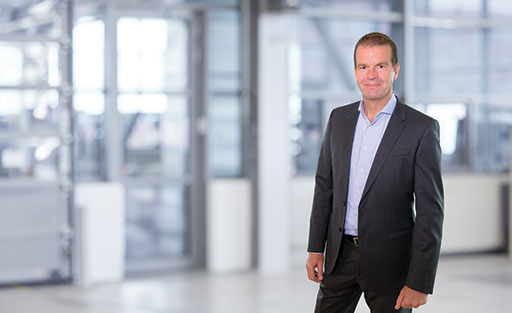
“The long-predicted mechanic shortage has arrived. What are you doing to make sure you have the workforce you need?
Lufthansa Technik is active in various areas of recruiting junior staff and also experienced workforce. In addition to comprehensive image campaigns with partners from the aviation industry, there are various programs designed to spark interest in the aviation industry among children and young people. Special training, internship, and student programs are aimed at young professionals. Individual recruitment measures are carried out to make Lufthansa Technik attractive for employees with professional experience. In addition, the company offers all employees comprehensive incentive benefits to strengthen the loyalty of employees to the company.
IAI-Bedek
“IAI-Bedek has prepared itself from the early years of its operation to develop its future line of employees and managers.
It is for more than five decades that IAI is running & managing its own in-house high-school for aviation and technology studies together with its Training Center for Aviation and Aerospace Professions.
We see great importance in training the younger generation to the technological professions of the future so that they will serve as the company’s future operational and management positions.
In fact today we enjoy the fruits of the past investment when we receive a constant stream of skilled and qualified young professionals who started their way in our high school and were certified for further qualifications In their adult careers line through our training center.”
Collins Aerospace
Duvall, President, Aerostructures Business Unit,
Collins Aerospace
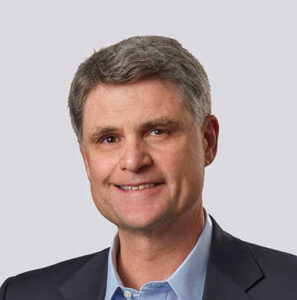
Responding to a critical need for aviation maintenance technicians, Collins Aerospace Systems says they have a new Aviation Maintenance Technician (AMT) apprenticeship with Coastal Alabama Community College at its aerostructures facility in Foley, Alabama. This four-year program will provide apprentices with on-the-job training, college credit toward an associate’s degree in airframe technology and a Federal Aviation Administration airframe license.
“Our 35-year history in Foley has given us a strong connection to this community and we are proud to offer local students an opportunity to combine education with experience and launch their careers in the growing aerospace industry,” said Marc Duvall, president of the Aerostructures business unit at Collins Aerospace. “To train the maintenance technicians we need while creating new jobs in Foley and supporting higher education – it’s a win for everyone involved.”
“We’re excited about the partnership between Coastal Alabama Community College and Collins Aerospace. This apprenticeship program adds another level to our current aviation work/study, and internship programs,” said Mark Sloan, director, Alabama Aviation Center at Coastal Alabama Community College. “Our students, Collins Aerospace, and our community’s workforce will benefit from this joint venture for years to come.”
This program, recognized by the U.S. Department of Labor and benchmarked by the top apprentice programs globally, goes beyond the classroom by showing students with an interest in aviation and mechanics how to apply these skills in real life. These students will have the opportunity to work alongside mechanics in the facility.
In 2017, Collins announced the expansion of its Foley facility, and has exceeded its commitment to bring 260 additional jobs to the area. The company now employs more than 1,000 people. Collins says the apprenticeship demonstrates their continued vested interested in developing the local Alabama workforce.
